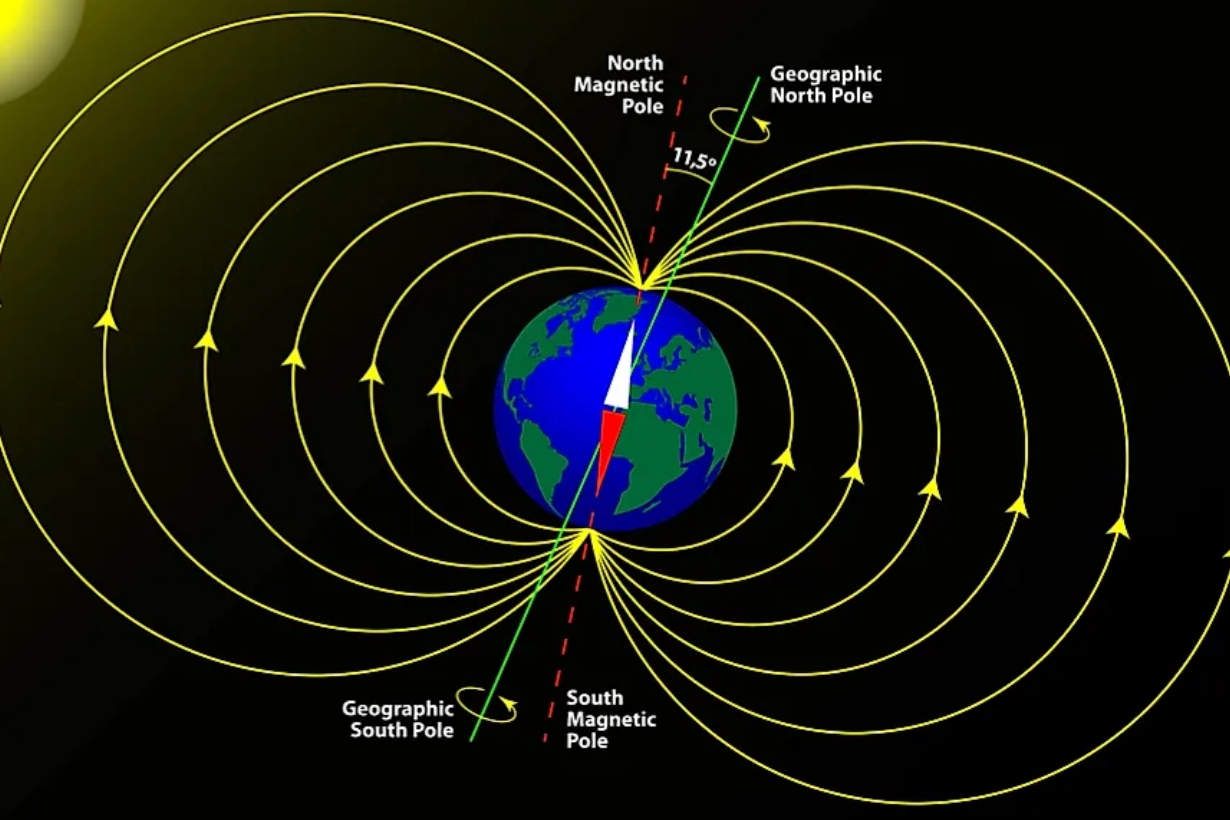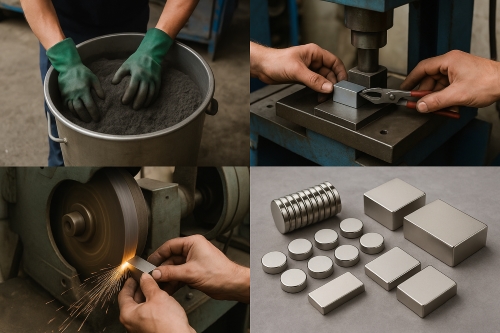Use of Permanent Magnets in Levitation Devices
Introduction to Magnetic Levitation Devices
Magnetic levitation is a technology used in suspending an object in the air using magnetic fields. It involves using magnetic force to overcome gravitational force. It is also referred to as maglev technology. Magnetic levitation is a frictionless method of lifting objects. It is also more efficient as less energy is spent overcoming friction. Some maglev devices used in the 21st century are maglev heart pumps, maglev fans, and maglev trains. The concept of an object being lifted by nothing but a magnetic field that is invisible to the naked eye sounds akin to magic. However, there is no mysticism involved in magnetic levitation. All it requires is a strong magnetic field. Permanent magnets are just what you need to provide this magnetic field.
How Magnetic Levitation Works
We have established that magnetic levitation requires magnetic power. However, we are yet to see how exactly this technology works. For magnetic levitation to occur, a permanent magnet has to be in place as does a diamagnetic object. Permanent magnets include neodymium magnets, samarium cobalt magnets, and Alnico magnets. A diamagnetic material is a material that is repelled by magnetic fields. Diamagnetic materials include common substances like water, wood, plastic, and so on. They repel external magnetic fields because whenever they come in contact with an external magnetic field, they create an internal magnetic field that opposes the external magnetic field. This is contrary to the popular belief that diamagnetic materials do not create magnetic fields. The million-dollar question is how permanent magnets work with diamagnetic materials to bring about magnetic levitation.
The Use of Permanent Magnets and Diamagnetic Materials in Magnetic Levitation
When diamagnetic material is placed above a permanent magnet, the magnetic force from the permanent magnet repels the diamagnetic material. This force of repulsion is enough to levitate a diamagnetic object. The stronger the magnetic field, the greater the force of repulsion between the permanent magnet and the diamagnetic object. A great force of repulsion can support the levitation of an object with a large mass.

Türker, Esra & Arslan Yildiz, Ahu. (2018). Recent Advances in Magnetic Levitation: A Biological Approach from Diagnostics to Tissue Engineering. ACS Biomaterials Science & Engineering. 4. 10.1021/acsbiomaterials.7b00700.
Application of Magnetic Levitation
Rocket Launching
NASA's Marshall Space Center located in Huntsville, Alabama, USA has a magnetic levitation track. This track is expected to help rockets launch into space using magnetic levitation technology. This technology could allow rockets to launch by running on the track at a speed of up to 600 mph. This is a welcome development as magnetic levitation can significantly reduce the cost of launching rockets into space.
Maglev Fan
Maglev technology is not used just for transportation. It is also used by fans. This technology ensures the production of high-performance, noiseless, frictionless, and long-lasting fans. Maglev fans offer a stable and cost-effective method of cooling machines. There is no physical contact between the bearing and shaft of this fan. This is because the fan propeller is suspended in the air via a magnetic field. Maglev fans are a better alternative to traditional fans.
Train Transportation
Magnetic levitation is a very important technology for train transportation. Maglev trains are the most commonly used trains in technologically advanced countries. Magnetic levitation technology is ahead of other technologies used in train transportation. This technology is more environmentally friendly, faster, and more efficient than the others.

Maglev train. Source: Energy.gov. How Maglev Works?
Maglev trains can travel as fast as 581 km/hr. This is possible because friction is not present as an impediment to motion in these trains. With magnetic levitation, trains do not need to come in physical contact with a railway track. Benefits of maglev trains include decreased energy consumption, decreased carbon emission, decreased noise pollution, safety, and speed.
Medicine
In medicine, maglev technology is used in heart pumps. Artificial heart pumps that use maglev technology are not exposed to some of the challenges faced by traditional heart pumps. These challenges include friction and blood pollution. Maglev heart pumps are small-sized, power-conserving, and long-lasting. Because heart failure is a leading cause of death in the world, maglev heart pumps can be said to play a part in increasing life expectancy in various parts of the world. They can be used in people who have heart defects but are unable to get a heart transplant. Maglev heart pumps are making waves in the medical field. Why wouldn't they? They perform better than traditional heart pumps.
Food Industry
In the food industry, maglev devices can be used to measure the density of various substances. This can be used to determine the percentage of various substances in food.
Conclusion
Magnetic levitation is one of the fastest-growing technologies in the world. It offers low energy-consuming, highly efficient, affordable, and environmentally friendly devices. More studies are being carried out on how maglev devices can be used to shape the future. Thank you for reading and we hope it can help you to have a better understanding of magnetic levitation. If you want to learn more, we would like to advise you to Stanford Magnets for more information.















